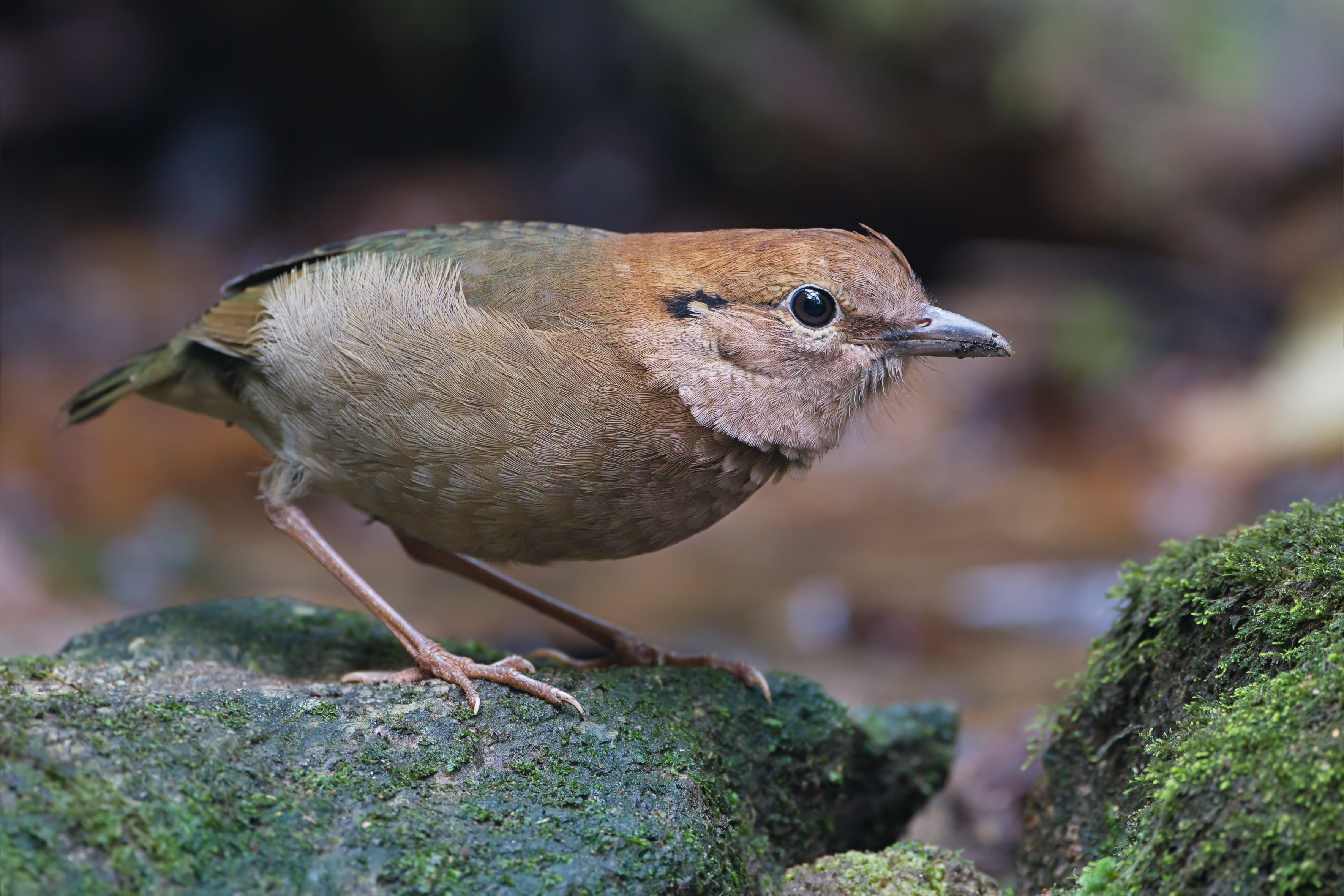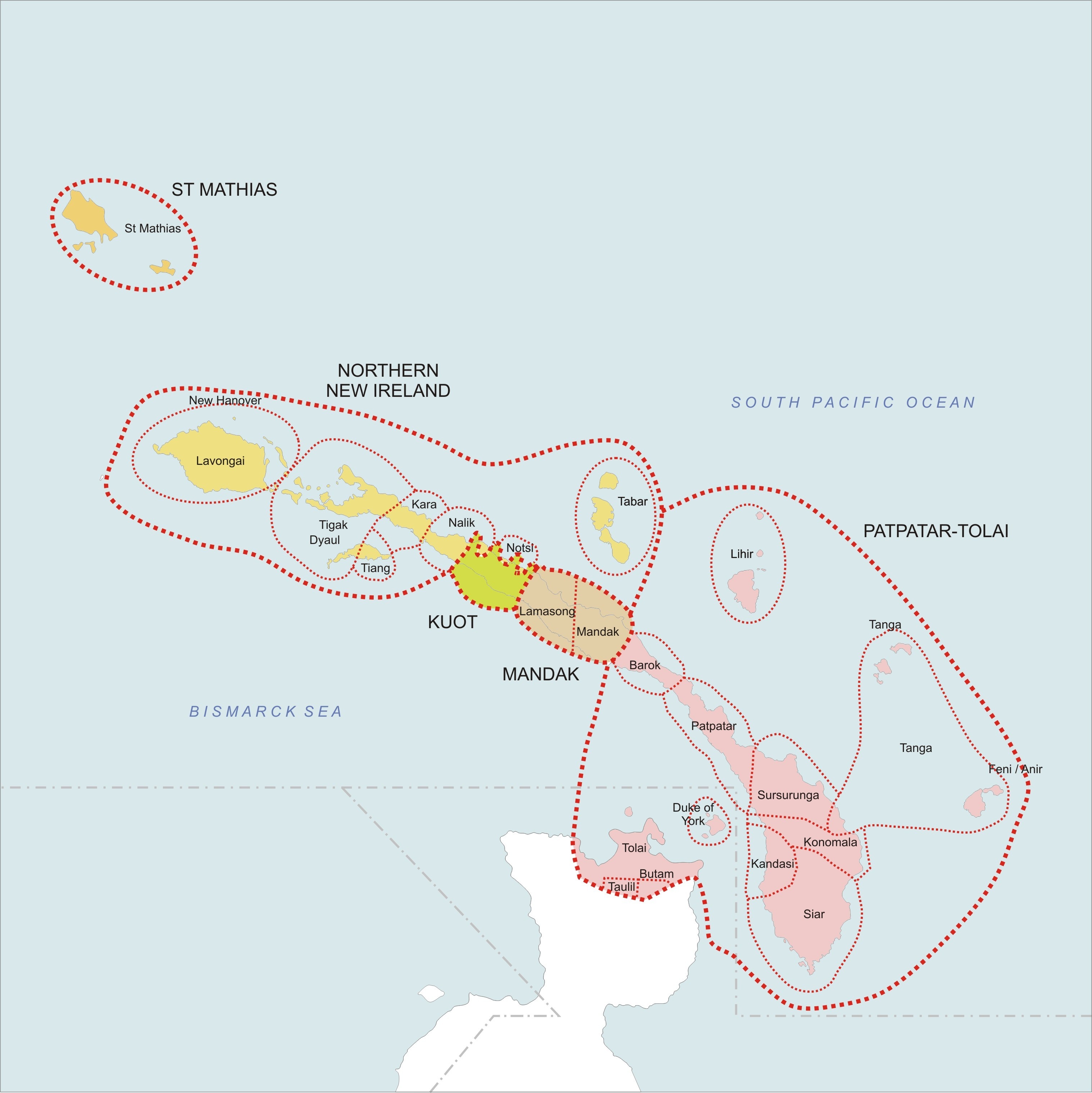|
Bismarck Pitta
The Bismarck pitta or New Ireland pitta (''Erythropitta novaehibernicae'') is a species of the pitta. It was considered a subspecies of the red-bellied pitta. It is endemic to the New Ireland Province in Papua New Guinea. Its natural habitat is subtropical or tropical moist lowland forests. It is threatened by habitat loss Habitat destruction (also termed habitat loss and habitat reduction) is the process by which a natural habitat becomes incapable of supporting its native species. The organisms that previously inhabited the site are displaced or dead, thereby .... References Bismarck pitta Birds of New Ireland Province Bismarck pitta {{Pittidae-stub ... [...More Info...] [...Related Items...] OR: [Wikipedia] [Google] [Baidu] |
Edward Pierson Ramsay
Edward Pierson Ramsay FRSEFLS LLD (3 December 1842 – 16 December 1916) was an Australian zoologist who specialised in ornithology. Early life Ramsay was born in Dobroyd Estate, Long Cove, Sydney, and educated at St Mark's Collegiate School, The King's School, Sydney, The King's School, Parramatta. He studied medicine from 1863 to 1865 at the University of Sydney but did not graduate. Career Although he never had had any formal scientific training in zoology, Ramsay had a keen interest in natural history and published many papers. In 1863 he was treasurer of the Entomological Society of New South Wales, he contributed a paper on the "Oology of Australia" to the Philosophical Society in July 1865, and when this society was merged into the Royal Society of New South Wales, he was made a life member in recognition of the work he had done for the Philosophical Society. In 1868 Ramsay joined with his brothers in a sugar-growing plantation in Queensland which, however, was not succes ... [...More Info...] [...Related Items...] OR: [Wikipedia] [Google] [Baidu] |
Pitta
Pittas are a family, Pittidae, of passerine birds found in Asia, Australasia and Africa. There are thought to be 40 to 42 species of pittas, all similar in general appearance and habits. The pittas are Old World suboscines, and their closest relatives among other birds are in the genera ''Smithornis '' and ''Calyptomena''. Initially placed in a single genus, as of 2009 they have been split into three genera: ''Pitta'', ''Erythropitta'' and ''Hydrornis''. Pittas are medium-sized by passerine standards, at in length, and stocky, with strong, longish legs and long feet. They have very short tails and stout, slightly decurved bills. Many have brightly coloured plumage. Most pitta species are tropical; a few species can be found in temperate climates. They are mostly found in forests, but some live in scrub and mangroves. They are highly terrestrial and mostly solitary, and usually forage on wet forest floors in areas with good ground cover. They eat earthworms, snails, insects a ... [...More Info...] [...Related Items...] OR: [Wikipedia] [Google] [Baidu] |
Red-bellied Pitta
Red-bellied pitta has been split into the following species: * Philippine pitta, ''Erythropitta erythrogaster'' * Sula pitta, ''Erythropitta dohertyi'' * Sulawesi pitta, ''Erythropitta celebensis'' * Siau pitta, ''Erythropitta palliceps'' * Sangihe pitta, ''Erythropitta caeruleitorques'' * South Moluccan pitta, ''Erythropitta rubrinucha'' * North Moluccan pitta, ''Erythropitta rufiventris'' * Louisiade pitta The Louisiade pitta (''Erythropitta meeki'') is a species of the pitta. It was considered a subspecies of the red-bellied pitta. It is endemic to Rossel Island in the Louisiade Archipelago in Papua New Guinea. Its natural habitat is subtropical ..., ''Erythropitta meeki'' * Bismarck pitta, ''Erythropitta novaehibernicae'' * Papuan pitta, ''Erythropitta macklotii'' {{Animal common name Birds by common name ... [...More Info...] [...Related Items...] OR: [Wikipedia] [Google] [Baidu] |
Endemism
Endemism is the state of a species being found in a single defined geographic location, such as an island, state, nation, country or other defined zone; organisms that are indigenous to a place are not endemic to it if they are also found elsewhere. For example, the Cape sugarbird is found exclusively in southwestern South Africa and is therefore said to be ''endemic'' to that particular part of the world. An endemic species can be also be referred to as an ''endemism'' or in scientific literature as an ''endemite''. For example '' Cytisus aeolicus'' is an endemite of the Italian flora. '' Adzharia renschi'' was once believed to be an endemite of the Caucasus, but it was later discovered to be a non-indigenous species from South America belonging to a different genus. The extreme opposite of an endemic species is one with a cosmopolitan distribution, having a global or widespread range. A rare alternative term for a species that is endemic is "precinctive", which applies to ... [...More Info...] [...Related Items...] OR: [Wikipedia] [Google] [Baidu] |
New Ireland Province
New Ireland Province, formerly New Mecklenburg (german: Neu-Mecklenburg), and Nova Hibernia, is the northeasternmost province of Papua New Guinea. Physical geography The largest island of the province is New Ireland. Also part of the province are numerous smaller islands, including Saint Matthias Group (Mussau, Emirau), New Hanover, Djaul, Tabar Group ( Tabar, Tatau, Simberi), Lihir, Tanga Group (Malendok, Boang), Feni Islands (Ambitle, Babase) and Anir. The land area of the province is around 9 560 km². The sea area within the Exclusive Economic Zone (EEZ) of New Ireland Province is around 230,000 km². Ecology In the early days of the French Revolution while searching for a lost scientific expedition the vessel La Recherche passed by New Ireland. On board was the prominent botanist Jacques-Julien Houtou de Labillardière who noted in his journal fine stands of teak (tectona grandis) trees growing at the southern end of the island. This marks the easter ... [...More Info...] [...Related Items...] OR: [Wikipedia] [Google] [Baidu] |
Papua New Guinea
Papua New Guinea (abbreviated PNG; , ; tpi, Papua Niugini; ho, Papua Niu Gini), officially the Independent State of Papua New Guinea ( tpi, Independen Stet bilong Papua Niugini; ho, Independen Stet bilong Papua Niu Gini), is a country in Oceania that comprises the eastern half of the island of New Guinea and its offshore islands in Melanesia (a region of the southwestern Pacific Ocean north of Australia). Its capital, located along its southeastern coast, is Port Moresby. The country is the world's third largest island country, with an area of . At the national level, after being ruled by three external powers since 1884, including nearly 60 years of Australian administration starting during World War I, Papua New Guinea established its sovereignty in 1975. It became an independent Commonwealth realm in 1975 with Elizabeth II as its queen. It also became a member of the Commonwealth of Nations in its own right. There are 839 known languages of Papua New Guinea, one of ... [...More Info...] [...Related Items...] OR: [Wikipedia] [Google] [Baidu] |
Habitat
In ecology, the term habitat summarises the array of resources, physical and biotic factors that are present in an area, such as to support the survival and reproduction of a particular species. A species habitat can be seen as the physical manifestation of its ecological niche. Thus "habitat" is a species-specific term, fundamentally different from concepts such as environment or vegetation assemblages, for which the term "habitat-type" is more appropriate. The physical factors may include (for example): soil, moisture, range of temperature, and light intensity. Biotic factors will include the availability of food and the presence or absence of predators. Every species has particular habitat requirements, with habitat generalist species able to thrive in a wide array of environmental conditions while habitat specialist species requiring a very limited set of factors to survive. The habitat of a species is not necessarily found in a geographical area, it can be the interior ... [...More Info...] [...Related Items...] OR: [Wikipedia] [Google] [Baidu] |
Forest
A forest is an area of land dominated by trees. Hundreds of definitions of forest are used throughout the world, incorporating factors such as tree density, tree height, land use, legal standing, and ecological function. The United Nations' Food and Agriculture Organization (FAO) defines a forest as, "Land spanning more than 0.5 hectares with trees higher than 5 meters and a canopy cover of more than 10 percent, or trees able to reach these thresholds ''in situ''. It does not include land that is predominantly under agricultural or urban use." Using this definition, '' Global Forest Resources Assessment 2020'' (FRA 2020) found that forests covered , or approximately 31 percent of the world's land area in 2020. Forests are the predominant terrestrial ecosystem of Earth, and are found around the globe. More than half of the world's forests are found in only five countries (Brazil, Canada, China, Russia, and the United States). The largest share of forests (45 percent) are in th ... [...More Info...] [...Related Items...] OR: [Wikipedia] [Google] [Baidu] |
Habitat Loss
Habitat destruction (also termed habitat loss and habitat reduction) is the process by which a natural habitat becomes incapable of supporting its native species. The organisms that previously inhabited the site are displaced or dead, thereby reducing biodiversity and species abundance. Habitat destruction is the leading cause of biodiversity loss. Fragmentation and loss of habitat have become one of the most important topics of research in ecology as they are major threats to the survival of endangered species. Activities such as harvesting natural resources, industrial production and urbanization are human contributions to habitat destruction. Pressure from agriculture is the principal human cause. Some others include mining, logging, trawling, and urban sprawl. Habitat destruction is currently considered the primary cause of species extinction worldwide. Environmental factors can contribute to habitat destruction more indirectly. Geological processes, climate change, introdu ... [...More Info...] [...Related Items...] OR: [Wikipedia] [Google] [Baidu] |
Erythropitta
250px, Black-crowned pitta (''E. ussheri'') uttering whistles from a perch in Danum Valley, Sabah ''Erythropitta'' is a genus of pitta. The members of the genus are found mostly in South-east Asia, with one species, the Papuan pitta, ranging into northeast Australia. The genus was formerly merged with the large genus ''Pitta'', but a 2006 study split the family into three genera. Taxonomy The pittas were at one time all usually placed in the genus ''Pitta'', the only genus in the family Pittidae, but when a 2006 molecular phylogenetic study found that the pittas formed three separate groups, the genus was split and some species were moved into two resurrected genera, ''Erythropitta'' and '' Hydrornis''. The genus ''Erythropitta'' had been introduced in 1854 by the French naturalist Charles Lucien Bonaparte. The type species was subsequently designated as the Papuan pitta (''Erythropitta macklotii''). The name ''Erythropitta'' combines the Ancient Greek Ancient Gre ... [...More Info...] [...Related Items...] OR: [Wikipedia] [Google] [Baidu] |
Birds Of New Ireland Province
Birds are a group of warm-blooded vertebrates constituting the class (biology), class Aves (), characterised by feathers, toothless beaked jaws, the Oviparity, laying of Eggshell, hard-shelled eggs, a high Metabolism, metabolic rate, a four-chambered heart, and a strong yet lightweight Bird skeleton, skeleton. Birds live worldwide and range in size from the bee hummingbird to the Common ostrich, ostrich. There are about ten thousand living species, more than half of which are passerine, or "perching" birds. Birds have whose development varies according to species; the only known groups without wings are the extinct moa and elephant birds. Wings, which are modified forelimbs, gave birds the ability to fly, although further evolution has led to the Flightless bird, loss of flight in some birds, including ratites, penguins, and diverse endemism, endemic island species. The digestive and respiratory systems of birds are also uniquely adapted for flight. Some bird species of a ... [...More Info...] [...Related Items...] OR: [Wikipedia] [Google] [Baidu] |



.jpg)


.jpg)
.jpg)